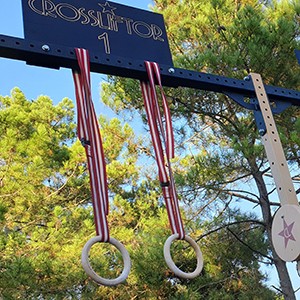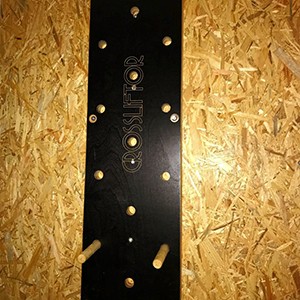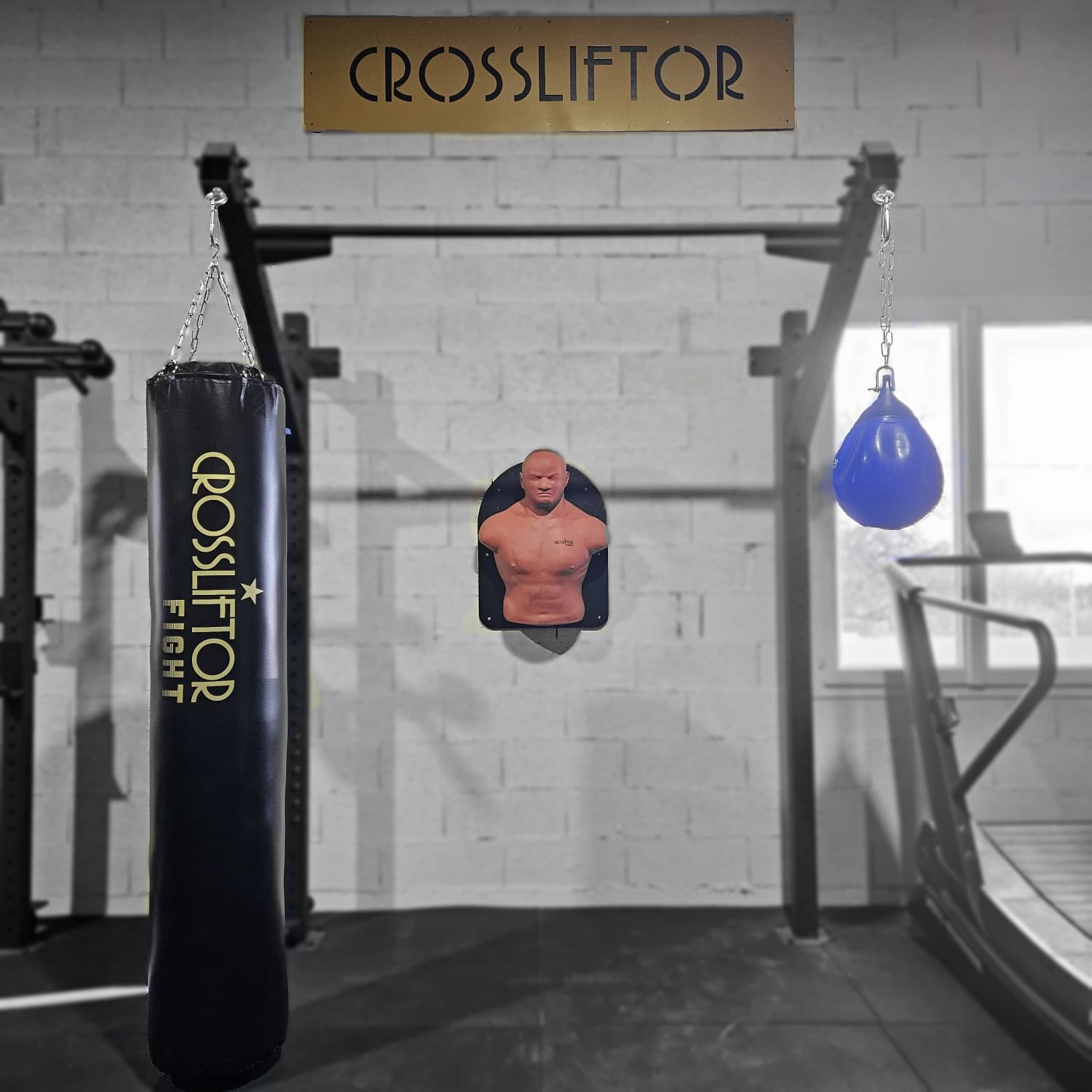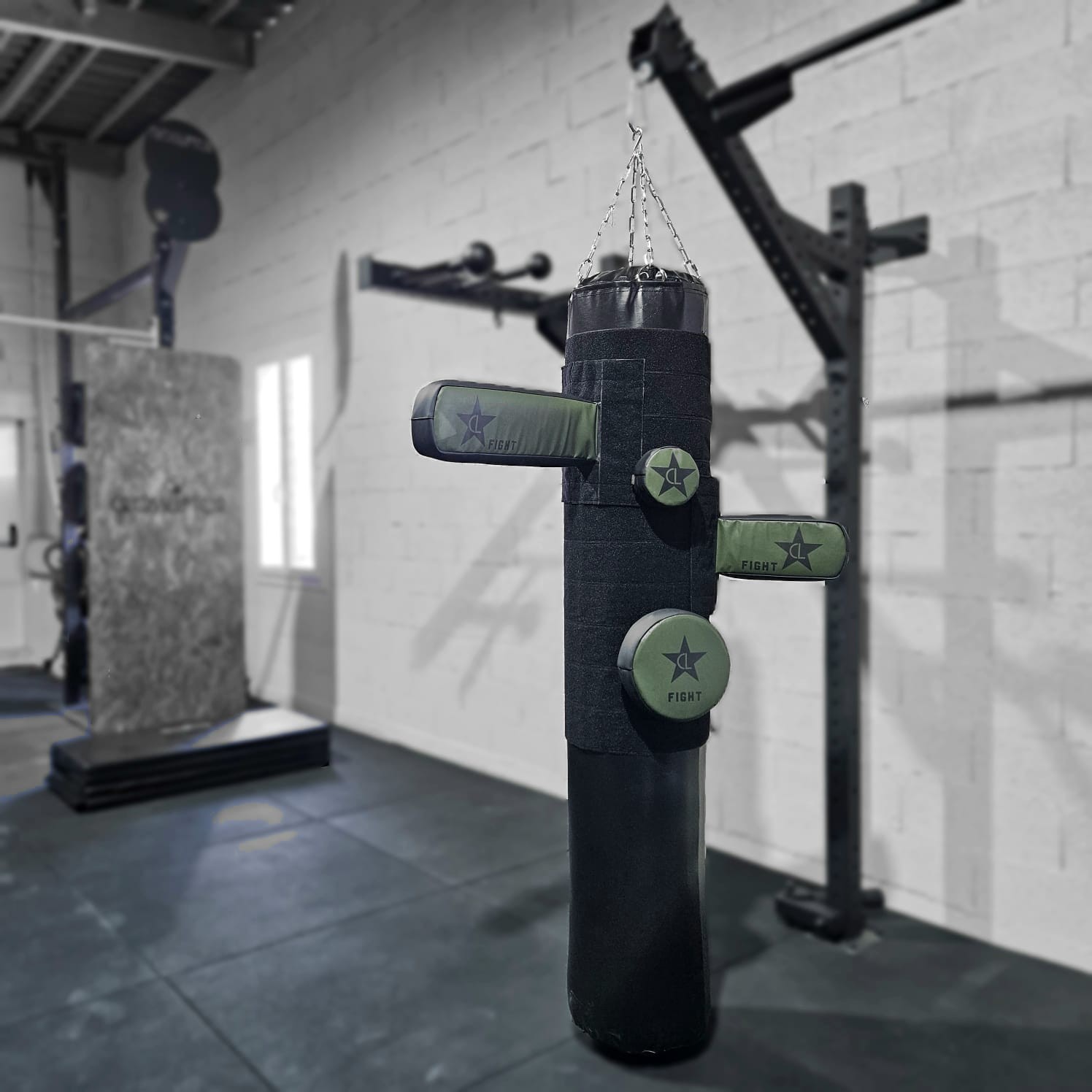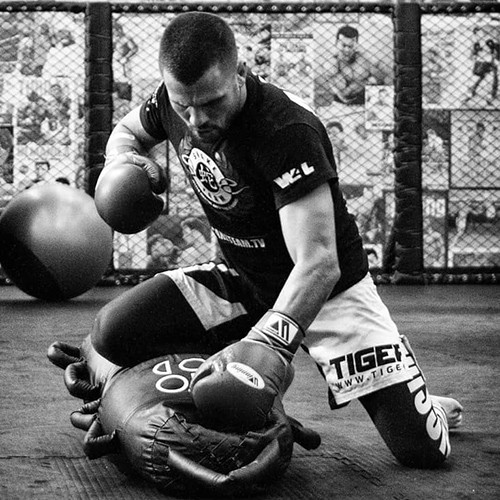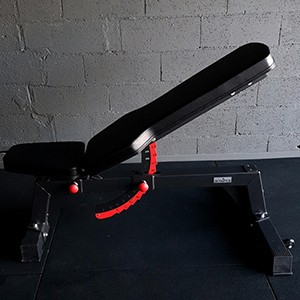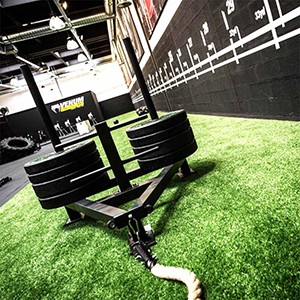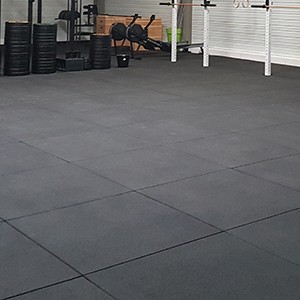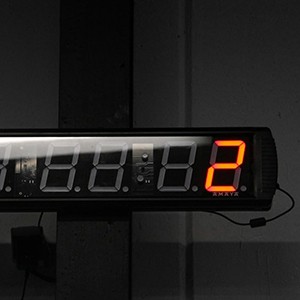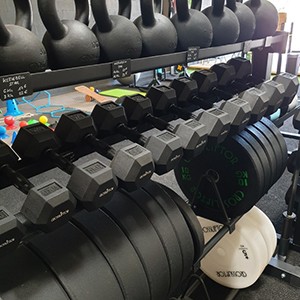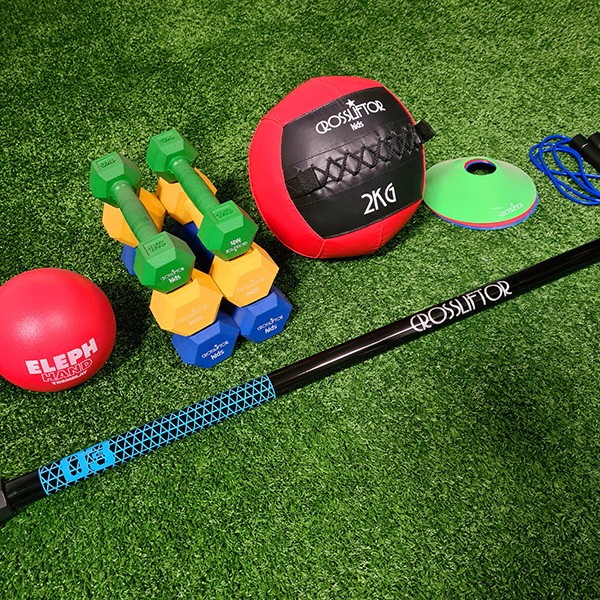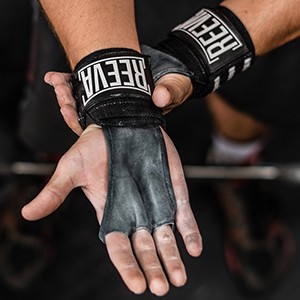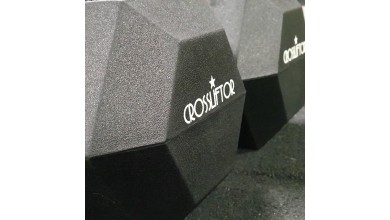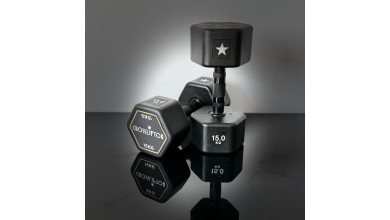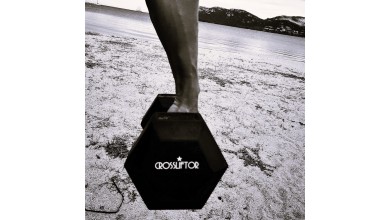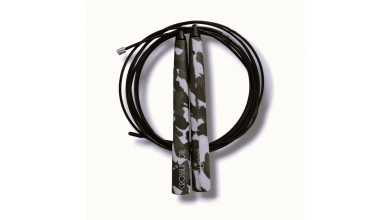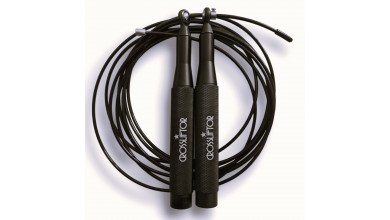The Complete Guide to Jump Rope - Crossliftor
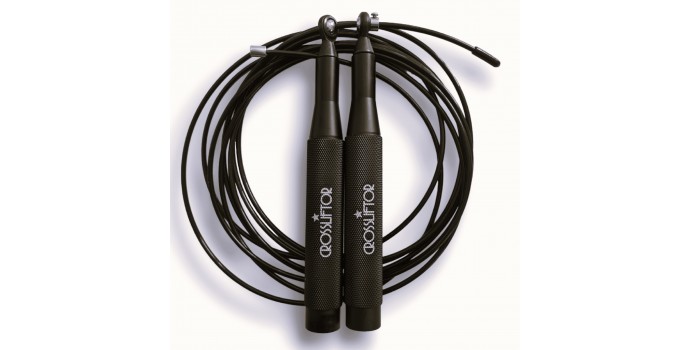
When we want to improve our cardiovascular capacities, endurance and explosiveness, we often turn to running, cycling, using ergos such as rowing machines, treadmills, etc., and forget about one of the most complete and fun exercises: skipping rope. Popular in fitness studios and gyms for cross-training, HIIT or as a complement to a muscle-strengthening program, speed rope is very accessible, relatively easy and, above all, extremely adaptable to your environment. To help you get started, we've put together a complete guide to skipping rope.
How to jump rope properly
As you'll have gathered, there are many reasons to take up skipping, but the results you're looking for can only be achieved if you're technically proficient and regular. Here's our advice on how to learn the right moves and choose the right model.
Learning and warming up
A thorough muscular and joint warm-up is essential before starting your session. Contrary to what you might think, the rope is not to be considered as a warm-up, as it will impose impacts on your joints. This is all the more true in the case of jump rope, which places particular demands on certain relatively fragile muscles and joints. For this reason, avoid floors that are too hard.
Take a few minutes to warm up your ankles, calves and arches with a series of appropriate movements. Then perform a few low jumps without a rope, alternating the position of your feet: first together, then apart, then one foot on top of the other.
How do I adjust my jump rope?
To adjust the rope, wedge the middle of the rope under one foot and pull each end along your body in one hand. For beginners, the right length is found when the ends reach shoulder level. A shorter rope, at armpit level, is recommended for more experienced jumpers. Everyone's different, so it's not a matter of centimeters, but consider that the wrists should reach the armpits.
How long does a session last?
As this is a very physical activity, a jumping session should last no longer than 15 minutes. Again, experience level determines the length of a session. For beginners, 5 minutes is enough for a session. The most important thing is to alternate a series of jumps with a recovery period, lasting 40 and 20 seconds respectively. With practice, you can gradually lengthen the duration of the exercise and reduce the recovery time if you wish.
Should I jump rope every day?
Excellent for the cardiovascular rhythm, skipping rope exercice has many benefits, but it can be harmful to the body when practised in moderation. Daily practice is therefore recommended only for short, low-intensity exercises. For sustained effort and long-duration exercise, two or three sessions a week will suffice, allowing the body and heart to rest between each one.
How to choose the right rope model?
If you start to take a closer look, you'll see that there are many different models of rope, at all prices and with very different characteristics. Here are a few tips to help you choose the right rope model.
The different types of rope
From the simplest to the most technical, jump ropes can be classified according to their material, weight and accessories. The widest and slowest models are made of cotton or nylon. With PVC, and even more so with steel, the diameter is thinner and execution speed increases. Intermediate-performance leather ropes are attractive for the nobility of their material, but are not recommended for crosstraining. Some models are called "weighted ropes" because they are fitted with handles that are themselves weighted with a thicker rope to give them extra weight. Speed-ropes feature a thin steel cable and ball-bearings at the handle joints. There are even ropes equipped with a counter for revolutions and calories lost! In most cases, we recommend buying a speed rope outright. Prices start at around 12 euros, and you'll be able to keep it for a long time, even if your level evolves. If you buy a rope that's too basic, you'll soon have to change it.
Selection criteria
Your choice of rope will depend on your technical level and the impact you're looking for. Beginners are more likely to opt for a simple, rather heavy rope (without going to extremes), with slower rotation and a movement more perceptible to the whole body. With experience and speed, a thinner PVC rope will be more suitable. A weighted rope, thanks to its weight, will enable you to strengthen leg, arm and shoulder muscles. As for handles, they should be ideally suited to the size of a beginner's hands. Plastic or aluminum, with or without ball bearings, their choice depends as much on the ergonomics you're looking for as on your budget. As mentioned above, you can get an intermediate speed rope with light handles that you can still feel.
What's the best jump rope?
It's hard to say which is the best jump rope. Each model is designed according to your needs. If, for example, you've mastered double unders and want to increase your velocity, a steel-cord rope with non-slip aluminum handles and ball-bearings is ideal. Lightweight and sturdy, it's ideal for agility and speed. You'll find models of this type, together with all the explanations and criteria for choosing your skipping rope, on our site.
Top 5 rope exercises, from the easiest to the most difficult
To know how to jump rope, you obviously need to have some idea of the possible variations, and no, we're telling you right now, there's more to it than just jumping, even if we do start with the basics.

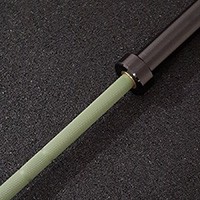
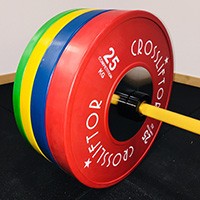
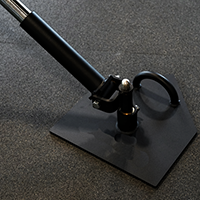
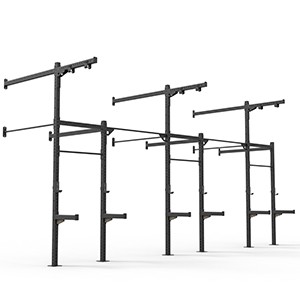
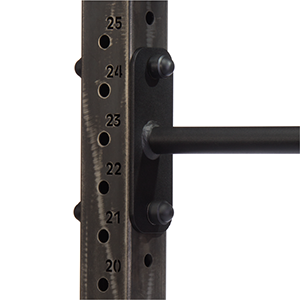
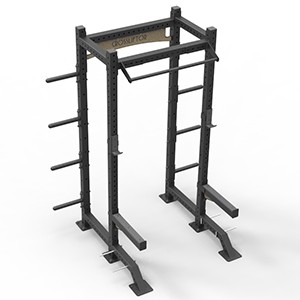
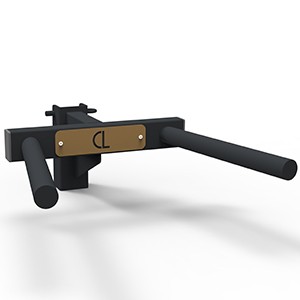
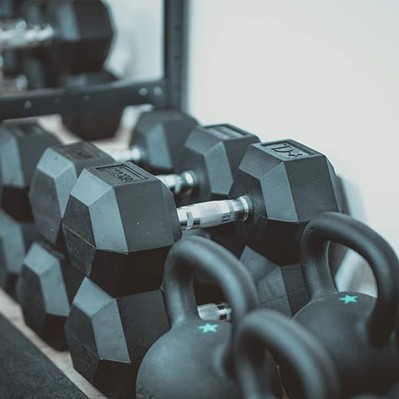
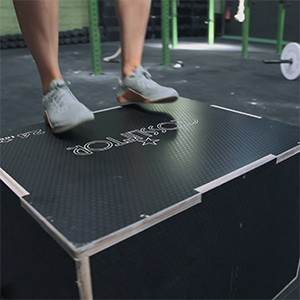
 (1).jpg)
